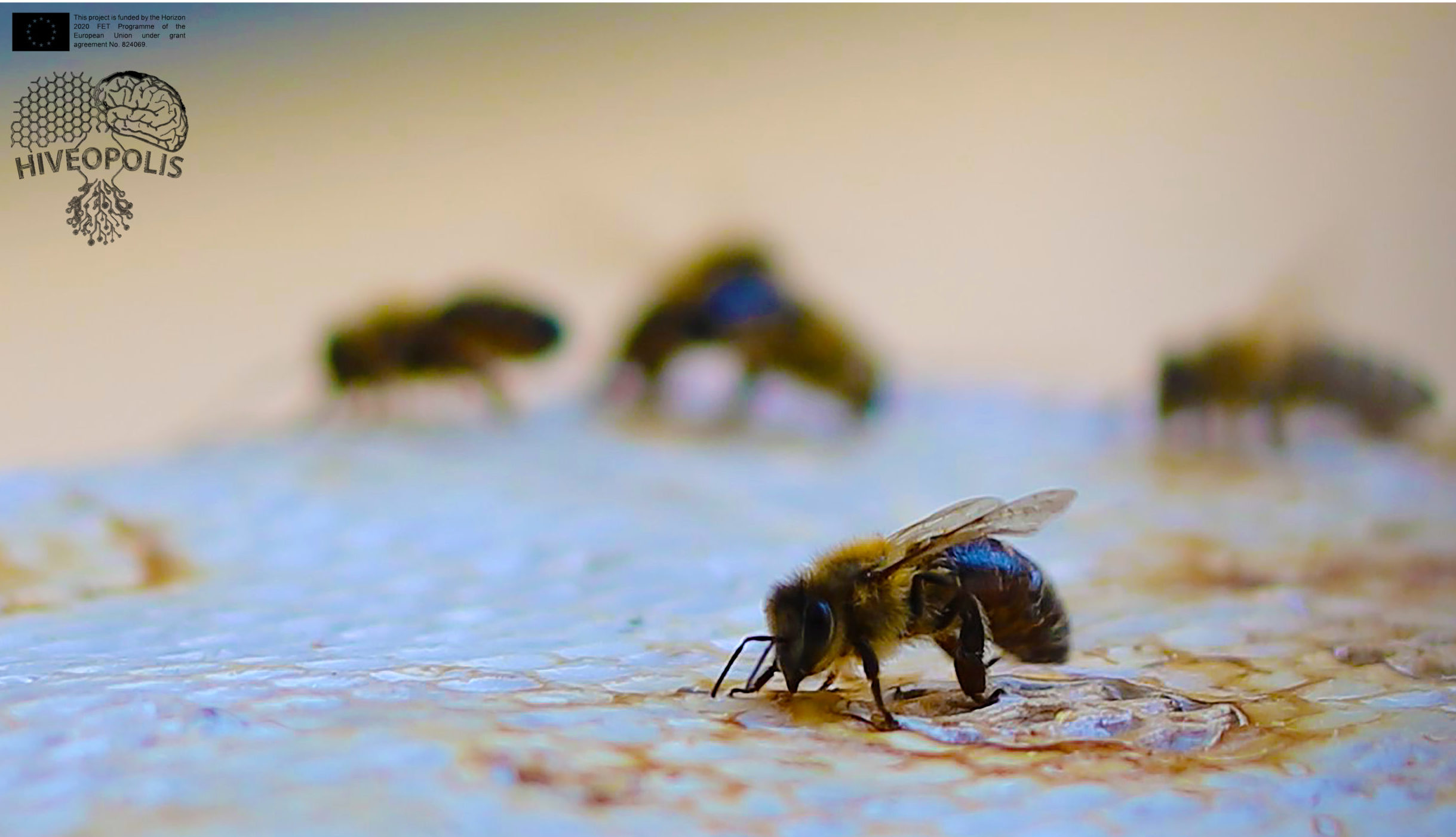GROWING THERAPEUTIC BEEHIVES

In summertime, Paul Stamets (D.Sc, Mycologist) has noticed in his garden a continuous convoy of bees from his beehive to his mycelium. This was not a surprising event since in the wild, also, the mycelium and honeybee territories are closely located. But, he thought that the bees might be benefiting from the antiviral properties of those mycelial extracts found naturally near their home. This thought led to scientific lab experiments where he cultured the most aggressive (strong against viruses) mushroom strains and prepared the extracts with which the bees would be fed after. The researchers and he wanted to see if the survival rate of the bees would be affected when they feed the bees with these extracts. Nicolas Naeger(Ph.D. Department of Entomology, Washington State University): “Some of these fungal extracts are really good at reducing viral levels in the bee. So here we have a fungus that is reducing virus levels in an insect”.
Subsequent notes. Fantastic Fungi.
WHAT ARE MYCELIUM MATERIALS?
Mushroom driven materials are an entirely new class of materials which are totally compostable at the end of their lives. Mycelium is the vegetative, fibrous part of common mushrooms and feeds on almost any type of waste -industrial, agricultural, and home-. If the ingredients in the selected waste material that the mycelium feed and grow by doing so, are completely degradable by the selected species and strains of mushroom cells, that mycelium material are 100% bio-compostable. Bio-compostable here means that the substance can be broken down into its natural elements in a compost environment without leaving any toxic, harmful residues. Currently, mycelium materials(mycomaterials) are labeled as “materials” only in their dead phase when they are desiccated (in biological terms, desiccation is the thorough drying process of living organisms) at the end of the production process. Removing moisture from fungal mycelium results in changes both in form and functionality of the end material.
They are considered as the sturdiest „100% Compostable“ alternatives to concrete, brick, styrofoam. But increased compostability means faster degradation or decay, a feature that is usually avoided in traditional building materials.
Advantages of mushroom/ fungal mycelium are very diverse in all sorts of ways, and are big game-changers in diverse subject fields from the dawn of modern pharmacology (De Materia Medica) to rocket-science bio technologies. For example, researchers have found out the heated portobello mushroom skins became a lattice of nano-carbon ribbons, which meant that they can be used as batteries having enough surface area after changing their molecular structure for storing energy (ScienceDaily. “Making Batteries with Portabella Mushrooms: Porous Structure of Portabella Mushrooms Is Key to Making Efficient Batteries That Could Power Cell Phones, Electric Vehicles.” Accessed April 22, 2020).
The functional advantages vary vastly depending on selected mushroom species and strains used to make these materials, as well as the process variables effecting the form. As we all know the form is also a big factor in determining the possible applications of the outcome.
HIVEOPOLIS AND MYCELIUM
Our subjects of interest in HIVEOPOLIS are combined functionalities that can be extracted from mushroom mycelium to provide a therapeutic environment primarily for honeybees, and as a consequence for humanbeings. Our approach is to fuse the medicinal (anti-viral, immune boosting, etc) and building related (mechanical, structural, thermal) performance of mycomaterials. One of the growing research branch of HIVEOPOLIS project is the modulation and sustainable integration of mycomaterials as the biotechnological part of future beehives. One can change the way fungi behave by first exploring, understanding what they are capable of in which conditions and develop technologies that provide easier pathways for nature to do its magic. This means you can tweak the ways that the fungal branches grow in a way that it is more porous so it allows the air in and out (breathing). This of course depends on the overall form of the hive and the weather outside. Such as the natural ventilation happening in the tall termite mounds. Termites build their nest tall (more wind exposure), out of soil (more thermal capacity), and porous (permeable to air).Mushroom materials can have the same insulation values with styrofoam when they are grown and post-processed in specific ways.
Our question here is how to introduce this novel material into complex design scenarios, from scientific lab experiment design to architectural design.
HIVEOPOLIS is a biohybrid design, which is -in its ideal description- a seamless merge of technological and biological elements to augment the honeybee habitat with more biological (fungal networks, bees) and artificial (sensors, actuators, dancing robot filtering) intelligence. Even though HIVEOPOLIS objectives include a lot of science-fiction elements, we see the physical HIVEOPOLIS units as entities in practical applications besides the sub-outcomes that might be applicable in other practices like construction or medical industry. Here we stumble upon the interesting challenge of optimising the design and production process of a very complex entity that has multiple conflicting functional criteria, via using novel materials and other experimental technologies. So it is and will be one of a journey..
